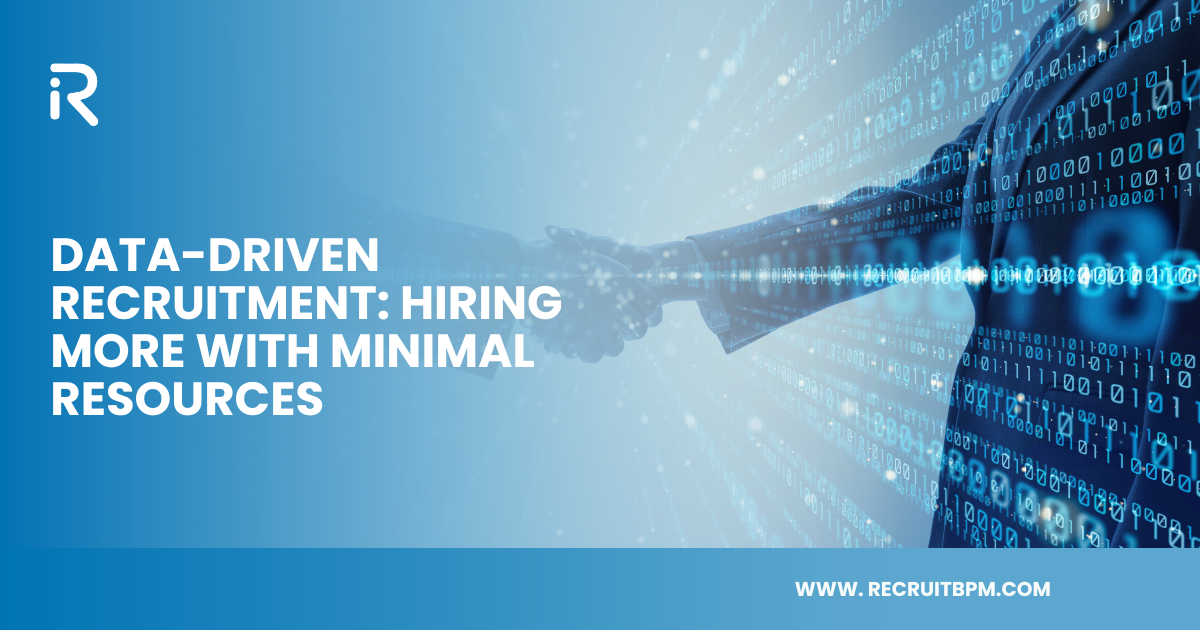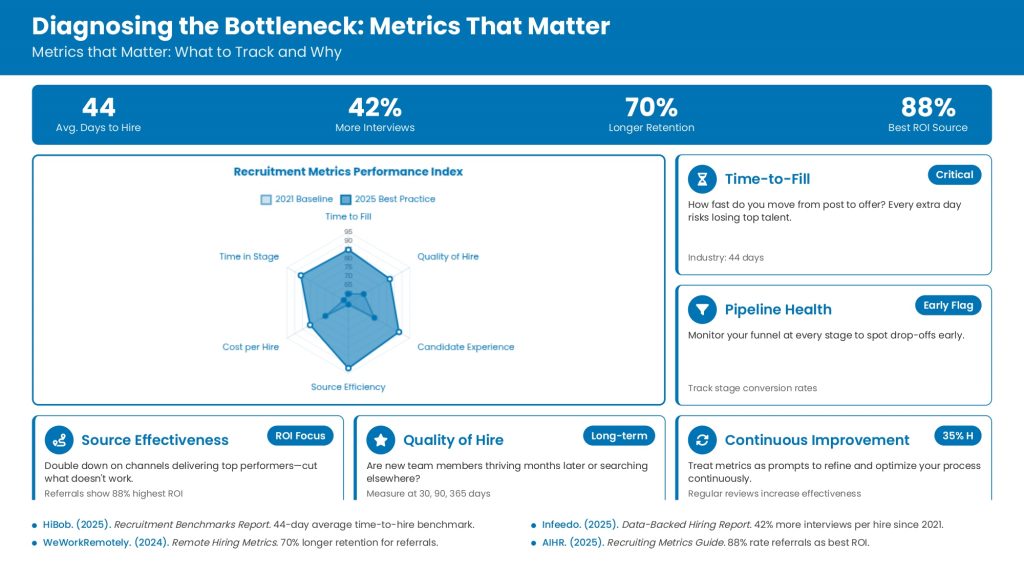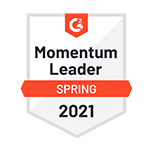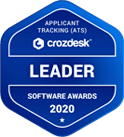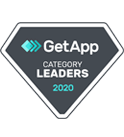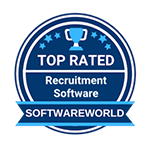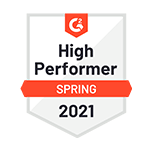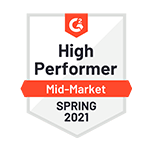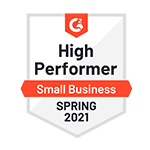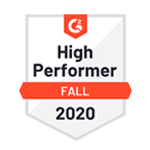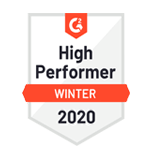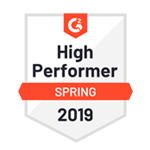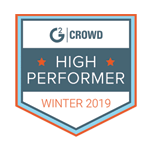There’s the time that each recruiter is familiar with: gazing out at a sea of resumes, hoping one will stick. The knee-jerk reaction is to throw a broader net—more advertising, more sourcing, more time digging through noise. Everyone thinks it’s a numbers game. But the statistics tell another tale. Data-driven recruitment turns the tables. Rather than pursuing volume, it’s about accuracy—hiring teams narrowing in on what really works, eliminating the waste, and letting the numbers speak for themselves. Methodology used by RecruitBPM isn’t about collecting more for more’s sake; it’s about doing better with fewer.
Think of it as hiring with sonar instead of a blindfold. You know which channels consistently deliver. You see, in real time, which interviewers close the deal, which assessment scores actually predict on-the-job success, and where talent pools quietly outperform the usual suspects. The process gets leaner—smarter. Suddenly, a small team can outpace a larger one, simply by letting evidence guide each move.
No one’s saying instincts don’t matter. They do—because people don’t always fit into neat little boxes. The best hiring decisions still come down to human judgment. But now, that judgment gets backed up. With a data-driven approach, each hire becomes more than a yes or no. It’s a lesson. A breadcrumb trail. What actually worked? Where did things stall? Which signals showed up early, but got missed?
Eventually, the process starts to shift. It doesn’t feel like such a grind. Thereby making teams waste almost no time chasing the wrong leads or making second-guessing decisions. They begin to spot patterns, build confidence, and move faster without cutting corners. That’s the difference. It’s not about taking the “human” out of hiring—it’s about giving people better tools. And in a market that changes faster than job descriptions can be updated, that kind of clarity isn’t just helpful. It’s essential.
Why Data-Driven Recruitment Matters in 2025
Change rarely knocks politely in the recruitment industry; instead, it comes right through the front door. The traditional practices of going through paper resumes and relying on your sixth sense when evaluating applicants? Now those seem nearly archaic. Because of SaaS platforms, hiring has become a digital sport in which every decision, interaction, and click generates data. It moves at an unrelenting rate. The stakes are getting higher.
Plenty of teams still try to keep up the old way. They lean on “gut feel,” chase the loudest resumes, and hope their instincts haven’t gone stale. Most assume the more candidates you see, the better your odds. The data disagrees. A score of recruiters admit to missing top talent because they couldn’t spot patterns buried in the noise. Is it efficient? No. Is it costly? Absolutely.
That’s probably the main reason for data-driven recruitment moving from buzzword to baseline. With strategies that incorporate sharp data-driven recruiting tactics, things get smarter. Teams watch real numbers, not just hunches. They know which channels yield the best hires, which screening questions actually predict success, and where the process bogs down. Instead of flying blind, they steer with confidence and course-correct before mistakes pile up.
2025 won’t wait for anyone to catch up. In this market, a data-driven mindset isn’t just a tactical advantage. It’s the line between treading water and actually swimming ahead.
The Evolution of Data-Driven Recruitment
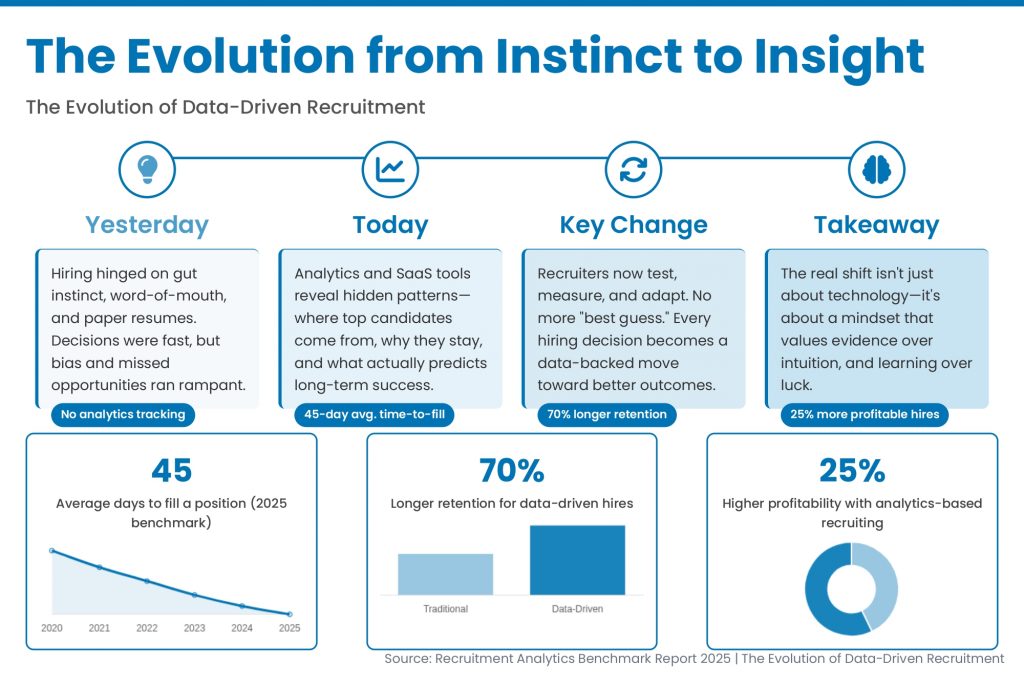
Once upon a time, hiring was a cocktail of gut instinct, hurried phone screens, and a thick stack of resumes—half-remembered, half-hoped-for. A manager might claim to “know talent when they see it,” but more often than not, the process felt like rolling the dice in the dark. Plenty of good people slipped through the cracks. Just as many made it through for all the wrong reasons.
The shift didn’t happen overnight. Spreadsheets nudged out filing cabinets. Applicant tracking systems arrived, promising order and speed. But for years, the real decisions still leaned on intuition—on the idea that experience and hunches would outsmart the complexity of human potential.
The data then began to respond. Basics like where hiring came from, how long the process took, and which departments seemed to lose new personnel the most were tracked by early analytics. Recruiters suddenly have numbers instead of just tales. Patterns emerged. High performers were often provided by certain sources. Strong candidates were chased away before they could cross the finish line by interview procedures that were necessary but ended up acting as bottlenecks.
Enter the modern age: data driven recruiting. Nowadays, recruiting driven by data is an all-encompassing operating philosophy rather than just a dashboard or spreadsheet. Machine learning techniques search for hidden diamonds in resumes, noting candidates whose profiles fit not only abilities but also the culture and trajectory of growth. Predictive analytics peer into the future, advising when a star hire might be on the verge of disengagement.
It’s not about scrapping human judgment. The best recruiters still listen for the story behind the resume. But now, they have evidence to back their choices, spot unconscious bias, and test what actually works. The difference is stark. One tech firm cuts its time-to-fill in half by tracking which interviewers made faster, more accurate decisions—a detail old-school methods would have missed.
Recruitment’s future? It’s a blend of soft skills and hard data, human curiosity amplified by technology. And in this new landscape, hiring isn’t just faster or cheaper. It’s smarter. It’s fairer. And it’s finally built to last.
Core Benefits of a Data-Driven Recruiting Strategy
Recruits most often name the following when asked what keeps them awake: great applicants slipping away, too much time spent on the incorrect things, and the continuing fear that prejudice still seeps into the process. Apart from solving those issues, a data-driven strategy completely changes the hiring process. Above all, it offers teams clarity, helps with decision-making, and presents measurable, real results you may see rather than simply conjecture about.
Let’s discuss numbers. Conventional hiring frequently relies on instinct and habit. Data-driven teams, however, adopt a more astute strategy. They are aware of the employment boards that attract top talent. Tests they employ are those that do more than just evaluate resume strength; hence predicting long-term success. Every recruit becomes a teaching moment when what truly works is tracked, and every result helps the team improve more quickly.
Speed is another payoff. In a market where the right candidate can disappear in days, waiting for resumes to trickle in is a losing game. With a data driven hiring process, bottlenecks become visible.
The elephant in the interview room is bias. Data can unearth patterns that intuition could miss—or even safeguard. Are certain schools overrepresented? Are some interviewers consistently scoring candidates lower, regardless of background? By surfacing these trends, teams can intervene before bias becomes systemic. In one anonymous case, a tech firm used structured interview scoring and blind resume review to double its rate of underrepresented hires in a single year.
And then there’s quality. It’s not about more hires, but better ones. Data-driven recruitment doesn’t just fill seats—it finds fits. Employers who use data to align role requirements with candidate strengths see longer tenure, higher engagement, and fewer “bad hire” regrets.
In this context, a data-driven hiring strategy offers more than just a competitive edge. It acts as a manual for building effective, adaptable, and durable teams. The evidence? The stats speak for themselves when the right people show up at work on Monday morning, ready to work.
Data-Driven Recruitment in Practice – Real-World Examples
It’s easy to talk about transformation in the abstract. The real proof comes from watching data-driven recruitment play out across different industries, where dashboards and analytics translate directly into better hires and fewer headaches.
Let’s look at a few data-driven hiring cases to show what happens when teams put evidence ahead of gut feeling. A well-known problem for a midsize healthcare network was a backlog of unqualified applications and constant nurse turnover. The team relied on its data-driven hiring tools instead of broadening their search or posting more job ads.
By examining previous hiring data, they discovered that their best long-term workers have traits that are rarely emphasized on resumes. Specialized qualifications, prior experience working under pressure, and even specific soft skills mentioned in interview responses were among them. Armed with these realizations, they revamped their sourcing and screening process. How did it turn out? Over 12 months, turnover significantly dropped. The quality of the applications improved.
In tech, one SaaS company struggled with “brilliant but brief” hires—engineers who dazzled in interviews but left within a year. Using Recruitment data examples from RecruitBPM, they mapped candidate journeys from application through exit interviews. Patterns emerged: successful long-term hires tended to engage more with specific skills assessments and responded faster to communication. The team automated candidate nudges and weighted skills assessments more heavily in their decision process. The average time-to-fill for available positions decreased by over a week in just two quarters, while retention for recruits increased as well.
The retail sector provides still another lesson. A worldwide chain needed to expand seasonal hiring without overburdening managers with far too many candidates. Instead of depending only on numbers, the recruitment team used data driven recruitment methods to choose which job boards, social media sites, and referral programs consistently created high-potential individuals for each region.
They reduced the remainder and increased their investment in those channels. In comparison to prior years, recruiters reported a significant decrease in first-month turnover and filled thousands of positions ahead of schedule.
So, in a nutshell, when organizations trust their data, hiring stops being a guessing game. Patterns surface, bad habits break, and teams learn to hire with both speed and precision. What is the lesson learned? Data-driven recruitment is a toolkit for real-world results and not just a theory. One metric, one hire, one lesson at a time.
Building a Winning Data-Driven Recruitment Solution
Developing a data driven recruiting plan is not about collecting dashboards like baseball cards or going after every bright measure. It’s about knowing which cues matter, clarity, and using them to transform hiring from a guessing game into a repeatable success.
Start with intent. What’s the business outcome that actually moves the needle for your organization?
The point is that first, you have to know what matters the most, and then focus on the right recruitment data. Not all numbers tell the truth. The best teams don’t just track where candidates apply; they follow the full journey, from first click to first promotion, surfacing which touchpoints and assessments signal long-term success. That’s the real power of a data driven approach to recruitment: fewer blind spots, more “aha” moments.
Momentum is created or destroyed via integration. Missed connections and lost context are guaranteed when ATS and CRM systems are isolated. The most astute companies view technology as a network rather than a collection of isolated parts. Patterns appear when your data-driven hiring tools communicate with one another. For example, you can find out which interviewers recognize top performers or which sources subtly provide the best applicants.
The last – and frequently disregarded – ingredient is alignment. Collaboration flourishes and politics diminish when recruiting managers, recruiters, and leadership all see the same picture in the data. Regular calibration sessions, shareable dashboards, and unambiguous scorecards hold everyone accountable and inspired to get better.
Feature Box: How RecruitBPM Makes Data-Driven Easy
- KPI Customization Without the Headache: Set, sort, and visualize the metrics that matter to your team.
- Smart Data, Zero Clutter: By sifting through the clutter, RecruitBPM identifies the trends that genuinely produce outcomes.
- Integration, Not Isolation: Your data will benefit you rather than harm you if you have smooth interaction with ATS, CRM, and HR apps.
- Integrated Alignment Tools: With the use of shared data, collaboration tools, and automated reminders, maintaining consensus is simple.
A data-driven hiring solution is a cultural change as much as a technological advance. You might discover more than just superior hires if you use the appropriate platform and take a reasonable approach.
Choosing and Implementing Data-Driven Recruitment Tools
Ever watched a hiring team get dazzled by a flashy demo, only to groan six months later as another “solution” gathers dust? The market for data driven recruitment tools is crowded with lookalikes, but the difference between hype and help is felt in the trenches—on deadline, with real candidates, and real stakes.
The best platforms aren’t just data collectors. They’re decision accelerators—spotting patterns, surfacing outliers, helping you pivot before small issues become big regrets. RecruitBPM’s edge isn’t just about checkboxes on a feature list. It’s about making insights obvious, not buried, and doing it without a PhD in analytics. Some competitors pile on features and jargon. However, RecruitBPM doesn’t stand out for verbosity but for clarity. Custom KPIs, real-time feedback, and integrations. These are the things that don’t require troubleshooting. All in all, it is user-oriented.
Here’s a shortlist for sanity to pick a real tool:
- Does it surface actionable patterns from your recruitment data examples, or just spit out static charts?
- Can your recruiters and managers pull the numbers they need without calling IT?
- Will it play nicely with your ATS, CRM, and other core systems—or just add another silo to the mix?
- Is onboarding (and ongoing support) baked in, or is it “good luck and here’s the manual”?
- Will your team use it? Be honest—adoption is everything.
A good data-driven hiring tool should be more like a cheat code than a chore. It’s time to reconsider if your team ends up working around the program rather than with it. Sharper hiring, quicker, and with fewer headaches are the aim, not more dashboards. That is the only important metric.
Metrics that Matter: What to Track and Why
Not every number merits your focus. In recruitment, one can get lost in a forest of statistics, open rates, clicks, pipeline snapshots, that look good on a slide deck but do not alter your hiring reality. A genuinely data driven hiring procedure eliminates the clutter and concentrates on the indicators that power quicker, better decisions.
Time-to-fill is the classic pulse check. When this number creeps up, it’s a sign something’s stuck—maybe in sourcing, maybe in interviews, maybe in approvals. Every extra day is lost productivity and a chance for top candidates to slip away.
Pipeline health gives you the big picture. Are you attracting enough quality at each stage, or do all your “strong” candidates drop out by round two? If your funnel narrows too fast, you’re not just unlucky—you’re leaking talent somewhere.
Source effectiveness is the unsung hero. It’s tempting to throw a budget at every channel, but a smart data driven recruitment solution shows which ones actually deliver. Maybe your best hires come from employee referrals or that niche board everyone else ignores. Double down on what works, and let the rest go.
And don’t forget the quality of hire. It’s not just about getting seats filled—it’s about staying power and performance. After three months, are new hires quietly changing their LinkedIn profiles or hitting their stride?
The lesson is: track what counts, check it frequently, and let every metric inspire action rather than a pat on the back. Ultimately, the right information transforms hiring from more of a craft than from a gamble.
Overcoming Common Challenges in Data-Driven Recruitment
Let’s be honest. No recruiter dreams of wrestling with another dashboard or untangling piles of duplicate data. Yet, that’s where most teams stumble when moving to a data-driven recruitment model. The promise of sharper hiring gets stuck in the weeds of messy records, resistance to change, and tools that complicate more than they clarify.
Data quality is the first speed bump. It’s hard to trust insights when the foundation is shaky—outdated profiles, missing info, or multiple versions of the same candidate. The fix? Relentless data hygiene, not just at rollout, but as a living habit. RecruitBPM bakes this into daily workflows, flagging inconsistencies, merging duplicates, and nudging recruiters when data is incomplete. Over time, those small corrections add up, turning your talent database from a liability into your sharpest asset.
Change management is the next hurdle. Most teams are wary of the “next big thing,” especially when it’s one more password or process. The trick isn’t to drown recruiters in training; it’s to spotlight quick, meaningful wins. Maybe it’s automating a weekly report that used to take an hour. Or surfacing hidden candidates in a click. RecruitBPM’s onboarding is built for these moments, easing skeptics in with support, not finger-wagging.
Adoption, in the end, is everything. Even the best data driven recruiting strategy falls flat if your team won’t log in. This is why RecruitBPM enables consumers to personalize views and maintains an understandable UI, so they see what counts rather than what someone else believes should be important.
The truth is, changing to data-driven recruiting is not about following the most recent fad. It’s about removing the noise, demonstrating actual value, and hiding the tech so that recruiters may concentrate on their strongest skill: developing winning teams, not software battles.
Uncovering Hidden Talent: Advanced Analytics for Passive Candidate Engagement
Most hiring teams chase the same 10% of actively job-seeking candidates. The real edge? Finding the 90% who aren’t looking—yet. Passive candidates are often high-performers, heads-down in their current roles. They’re not applying. They’re not posting résumés. And they’re certainly not waiting by the phone. That’s where data steps in.
A data driven recruitment solution doesn’t just track open applications or LinkedIn activity. It maps behavior, timing, and context. Maybe a software engineer just liked a competitor’s hiring announcement. Maybe a senior marketer started following multiple B2B brands in your space. Alone, these signals are noise. Together, they tell a story: readiness, curiosity, potential.
Data-driven recruitment examples show how teams use these insights to act fast. One SaaS firm built custom algorithms that flagged passive candidates based on subtle profile shifts, like updated skills or sudden increases in GitHub commits. Another used CRM and engagement analytics to identify dormant contacts who responded positively to specific email formats or subject lines. These aren’t cold calls. They’re warm nudges built on behavior.
It’s not about scraping more data—it’s about reading it better. Deep analytics layer in psychographics, social activity, and even content preferences. The result? Recruiters can time their outreach with uncanny precision. The message feels personal, timely, sometimes even inevitable.
Most systems surface who’s available. The right system predicts who’s persuadable.
In a market where attention is scarce and top performers are rarely on job boards, advanced analytics shift the game from reactive to predictive. It’s not just a smarter way to recruit—it’s how elite teams stay ahead of the curve. While competitors chase leads, leaders read patterns.
Because the best talent isn’t lost. It’s just hidden in plain data.
Humanizing the Data-Driven Approach: Balancing Automation with Personal Touch
Most systems optimize for speed. Fewer optimize for sense. That’s the tension in modern recruiting. The data driven approach to recruitment promises efficiency, but it’s not hard to make speed feel like indifference. Candidates can tell when they’re being filtered by an algorithm—and ignored by a human.
Smart hiring teams don’t default to either side. They layer both. RecruitBPM gets this. The platform automates what should be automated—status updates, resume parsing, pipeline hygiene—but it doesn’t pretend software understands culture, chemistry, or conviction. That’s still on the recruiter. And rightly so.
One healthcare firm used RecruitBPM to automate initial screening across hundreds of applicants. The system flagged technical matches quickly, but it was the recruiter’s note (a hesitation during a video screen, a missed beat when asked about team dynamics) that tipped the decision. The candidate looked perfect on paper. Real life said otherwise. That’s the kind of nuance no algorithm catches.
A data driven recruiting strategy works best when it’s used to ask better questions, not skip the conversation. Patterns matter. So does instinct. There’s no dashboard for “gut feeling,” but there is value in what the data doesn’t show.
The future of hiring isn’t human or machine. It’s human through machine—if teams are willing to listen to both.
Actionable Playbook: Building a Data-Driven Recruitment Strategy with RecruitBPM
A data-driven recruitment solution isn’t built overnight—or with a pile of dashboards nobody checks. Real magic occurs when solid processes, reliable tools, and helpful daily habits all pull in the same clear direction instead of chasing random clicks. The simple playbook below shows how to run a data-driven hiring plan from within RecruitBPM, blending clear steps with room to adjust things on the fly.
1. Set the North Star – KPIs that Matter
Pick metrics your team actually cares about. Maybe it’s slashing time-to-fill, improving first-year retention, or boosting candidate satisfaction. Use RecruitBPM’s KPI templates to lock in your targets and bring them front and center on every dashboard.
2. Scrub the Data – Ruthless Hygiene
Cluttered databases kill insight. Use RecruitBPM’s de-duplication and data validation features to merge duplicates, flag profiles that appear to go stale, and fill in gaps. It’s not sexy, but it’s the foundation of every intelligent domino that falls afterward.
3. Blueprint the Candidate Journey
Map out every touchpoint from sourcing to onboarding. RecruitBPM’s workflow templates make it super easy to visualize, see where the bottlenecks are, and shine a light on where candidates may be falling off. Revise, test, and continue iterating.
4. Integrate and Connect the Tech
Don’t allow your data-driven recruiting tools to turn into silos. An open API for RecruitBPM has your ATS, CRM, and sourcing tools talking in reality, giving you more of a single source of truth versus a jigsaw puzzle.
5. Build Dynamic Talent Pools
Group candidates by must-have skills, experience, or interview outcomes. With RecruitBPM, you can tag and segment talent, so when a new req drops, you’re not starting from zero.
6. Automate Where It Counts—Personalize Where It Matters
Put up automated communications – interview invites, follow-ups, offer letters – using RecruitBPM’s templates. Then adjust the messaging so it never comes off as robotic. Watch opens and responses, don’t fear experimenting.
7. Review, Reflect, and Refine
Block time for regular reviews: which sources are hot, where are candidates stalling, what’s the real quality of hire? RecruitBPM’s analytics surface these answers in real-time. Use them to recalibrate—not just once a year, but every month.
Pro Tips
- Use recruiter scorecards to spotlight what’s working (and who needs help).
- Quarterly process retrospectives keep the strategy sharp.
- Candidate and hiring manager surveys? Do them and act on the feedback.
A data-driven recruitment solution with RecruitBPM isn’t just about filling seats. It’s about making an individual smarter than the last one, moving value continually forward with each cycle in building a process. With clarity and the correct tools, even hiring itself becomes not a gamble but a sustainable advantage.
Continuous Optimization Best Practices
Hiring is not a set-it-and-forget-it system but a moving target. What worked last quarter may stall this one. That’s why high-performance teams don’t merely launch strategies; they fine-tune them continually.
Experimentation should start with. Marketers aren’t the only ones who have the privilege of using A/B testing. Small tweaks in the phrasing of the subject line, when to reach out, and the kind of job titles can reveal surprisingly insightful results. The Omni team saw a 22% spike in response rates just by softening CTA language in recruiter emails. Data doesn’t always shout. Sometimes it whispers.
Then there’s visibility. Data driven recruitment tools lose power when dashboards gather dust. Make regular reviews part of the workflow—not quarterly, but weekly. What trends are emerging? Which stages leak candidates? Numbers tell a story, but only if someone’s reading.
Upskilling matters too.
Tools evolve fast. The teams using them should evolve faster. Invest in training recruiters to interpret metrics, not just monitor them. Knowing why a number changed matters more than knowing that it did.
Lastly, close the loop. Build structured feedback from hires, declines, and hiring managers into your data driven hiring process. Over time, patterns emerge—and so do blind spots.
Optimization isn’t about fixing what’s broken. It’s about elevating what works before it fades.
Concluding Remarks
There’s a quiet satisfaction in watching guesswork fade from the hiring process. Instead of sifting through hundreds of resumes, teams now have a purpose and base their selections on data rather than intuition. Thanks to data-driven recruitment, hiring is now a dependable, repeatable process rather than a high-stakes gamble.
The benefits extend beyond accelerating seat filling. Leaner workflows, more retention, and fewer expensive misfires are just a few of the quantifiable benefits that organizations see when they implement data-driven recruitment solutions. Because sourcing is more intelligent, interviews are targeted, and onboarding begins with the proper foundation, budgets may go farther. To put it briefly, each stage turns into a component for scalable, long-term success.
These benefits are increased by the SaaS model. Your hiring engine keeps improving with real-time data, smooth integrations, and frequent updates—no outdated software, no falling behind the competition. Top performers won’t wait for slow teams. Being data-driven means you don’t have to.
Curious how this looks in practice? Take a closer look at RecruitBPM’s demo or dive into our resource hub. For teams ready to leave guesswork behind and invest in smarter, future-proof hiring, the next step is simple – and the results speak for themselves.
Call to Action: Start Your Data-Driven Hiring Journey with RecruitBPM
Are you prepared for the idea of data-driven hiring to gain traction? Learn how hiring may be improved, time can be saved, and lasting outcomes can be achieved with a customized, data-driven recruitment solution. RecruitBPM provides solutions made for actual teams dealing with actual hiring difficulties, whether you’d like to read a thorough guide or would prefer a brief demo.
Take the next step: The difference starts with a single click.
FAQs
What does “data-driven recruitment” really mean?
Data-driven recruitment is hiring with your eyes open. It’s not about hunches or luck. Rather, it provides you with the track: what happens, who applies, who makes it, and where it sticks best.
How does a data-driven recruiting strategy help?
A data-driven recruiting strategy focuses on long-term workforce alignment, not just quick fixes.. It rather finds patterns. For example, a retailer once realized most long-term hires came from employee referrals, not job boards, and a quick review of the numbers changed where they spent their budget. Suddenly, hiring got faster, and retention jumped.
Is it hard to put data-driven hiring in place?
Not as tough as people say. Track something simple, like how long it takes to fill each role. That’s a start. Let the rest build naturally.
What actually changes when you use data for hiring?
Teams stop arguing about opinions and start seeing what works. Less bias, fewer wasted interviews, and over time, better hires. It can cut turnover by a massive percentage after using analytics to spot red flags early.
How does RecruitBPM fit with all this?
RecruitBPM makes the numbers easy to see. Built-in reports, clear visuals, and a setup that even busy managers can use. You get the answers when you need them. You don’t have to wait for monthly summaries.


